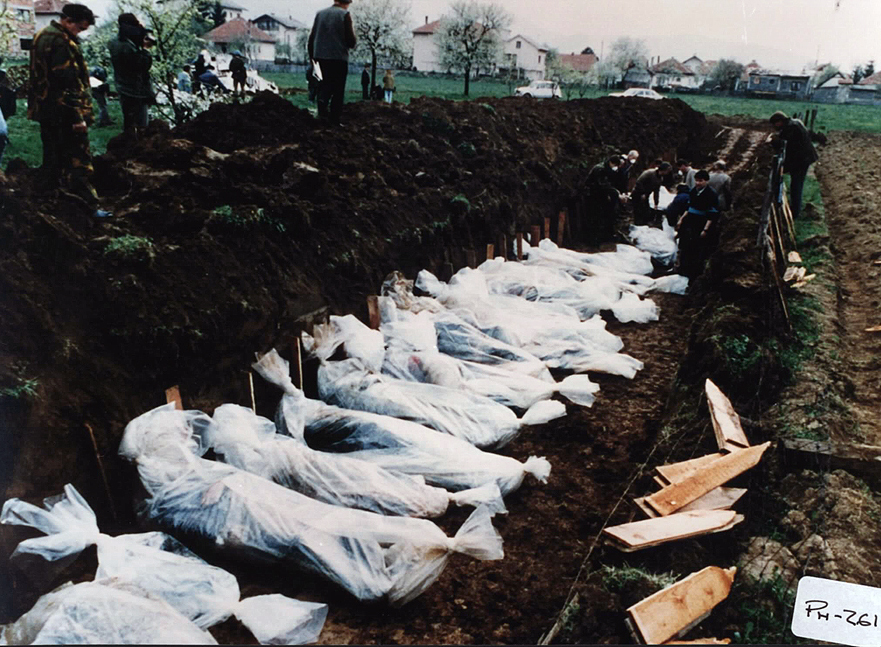[Education: Op-Ed]
A year after Bulgaria emerged from being under the yoke of the Soviet Union, I became a visiting scholar at the Bulgarian Academy of Sciences through the Fulbright Program. I was asked to deliver a seminar on American K-12 education. In the course of my presentation I noted that about 25% of American high school graduates had completed a course in physics. Immediately, there was a strange hush in the room. A shaken academician rose and exclaimed “How could this be, America is a great country!”
I learned that in most of the developed world all students were expected to study physics in secondary school. Physics is seen throughout Europe and East Asia and beyond as a fundamental domain of understanding without which the natural world remains an enigma. In addition, realities of practical life in the 21st Century demand a high level of understanding of mathematics and science for employment in an ever increasing number of jobs. Computers and automation have eliminated many jobs that involve routine operations, but have also created jobs for designers and operators of these new technologies.
While public school enrollment in physics in the U.S. has inched up during the past twenty-five years to somewhat over 30%, a recent survey by Columbia University revealed that in our nation’s largest school system, New York City (NYC), only 21% of graduates completed a physics course. For underrepresented minority and low-income students in NYC, physics does not reach more than 15% of the student body. Large numbers of NYC high school graduates will be disadvantaged in pursuing both jobs and higher education.
This dire situation in NYC is typical of urban education in America. It is a national disgrace that few educational leaders address. The U.S. is out of step with the rest of the developed world. Efforts to improve mathematics, science and pre-engineering education (STEM education) are based on what the U.S. has been doing in the past rather than on world standards. That approach will never get us where we want to go.
The barriers to changing this education deficiency are formidable. A coherent restructuring of all of K-12 mathematics and science instruction is needed. Mathematics and science courses need to be sequenced to provide a smooth path to learning. To accomplish this goal, new curricula and course materials are needed, along with a greatly expanded cadre of teachers. Underpinning this effort must be a pedagogical approach that effectively engages students to gain mastery of these subjects.
Fortunately, a successful model for meeting this challenge has been demonstrated in the urban schools of New Jersey, with proven ability for replication nationally and internationally. This is the Progressive Science Initiative® (PSI®) and the Progressive Mathematics Initiative® (PMI®) of the New Jersey Center for Teaching and Learning (CTL). PSI-PMI was developed by Robert Goodman, who studied physics at MIT and achieved success as a corporate CEO, before turning his attention to these challenging issues.
First, he upended the usual science sequence in most schools in America from biology-chemistry-physics to physics first in the ninth grade so that physics concepts can be incorporated into chemistry and then biology courses can employ understanding gained from chemistry. He simultaneously organized the curriculum content of mathematics and the sciences so that ideas and abilities were coordinated, with both enabling and reinforcing each other. For example, mathematics concepts were available for use in understanding physics, leading immediately to students having more interest in studying algebra and trigonometry. This re-sequenced and restructured course of study is implemented using an enormously successful pedagogy. As concepts are introduced, students are then challenged to solve a problem requiring understanding of the new concept. They are encouraged to explore various approaches in collaborative discussion with fellow students. As problems are solved, new problems are introduced. Only when the teacher recognizes that understanding has been achieved, is a new concept introduced. This melding of collaborative education (discussion among students) and mastery education (moving to a new concept only when a current concept has been mastered) provides students with stimulating and enjoyable context for learning.
CTL has been implementing this approach in inner city schools in New Jersey with great success. More than 90% of the students in these schools receive subsidized school lunches and are more than 90% Hispanic and Black. Where CTL is active, the percentage of graduates who have taken a physics course is generally in the 90-100 range, while the percentage who have also taken advanced placement physics is approaching 20%!
As more schools provide these offerings, there is a problem in finding physics teachers. Few are now graduating from our colleges and universities. CTL has tackled this problem by offering teacher certification that is recognized by the State of New Jersey. A teacher certified in another subject can become a certified physics teacher by completing CTL’s Physics Endorsement Program for Teachers that uses CTL’s student materials. CTL has found that individuals who have proven themselves as teachers can become effective physics teachers. The shortage of physics teachers, and the popularity of this approach, has resulted in CTL becoming the #1 producer of newly certified physics teachers in the nation!
It is my hope that my colleagues from Bulgaria will be able to visit CTL classrooms. I am waiting to welcome them and hear them exclaim, “America is a great country! It has not only learned how to provide world class mathematics and science education, but it is accomplishing this through grassroots activism.”
The New Jersey Center for Teaching and Learning web site can be found at njctl.org
The author of this Op-Ed Edward A. Friedman, Professor Emeritus of Technology Management at Stevens Institute of Technology, Hoboken, NJ 07030 welcomes comments at [email protected]






